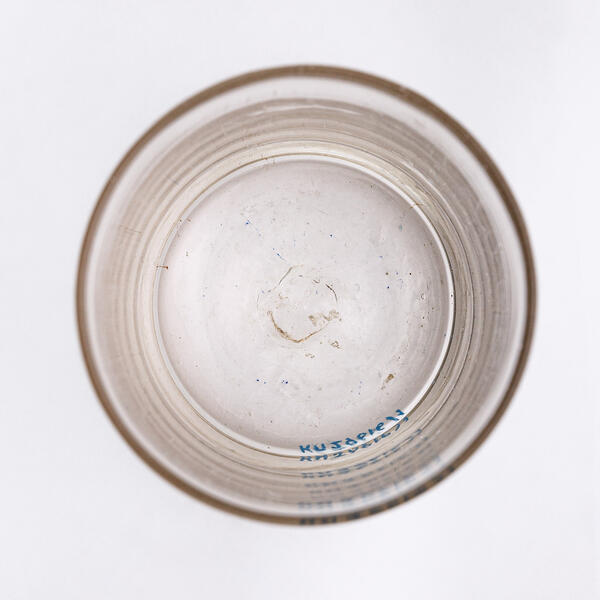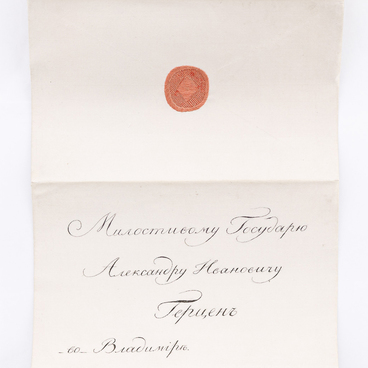In 1834, the 22-year-old titular councilor Alexander Herzen who served at the Palace Administration in Moscow, was arrested in the house of his parents at the corner of Sivtsev Vrazhek Lane and Maly Vlasyevsky Lane. He was taken to the Prechistensky police station.
The police believed that Alexander Herzen had organized a group of young people who criticized the authorities. His case was known as “the case of individuals who sang libelous poems in Moscow.” This was how Alexander Herzen became a political exile. He was sent to the Krutitsky Barracks for nine months. Some buildings of the Krutitsy Metochion had been transferred to the Corps of Gendarmes in 1798 and were used to keep political prisoners.
Herzen later recalled his time there in his book
“My Past and Thoughts”,




